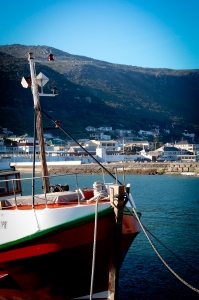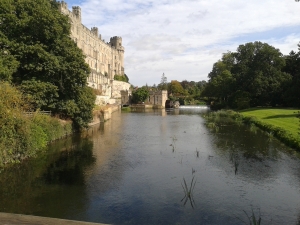 Afternoon Tea in Paris
Afternoon Tea in Paris
Paris is one of the finest cities in the world for shopping and afternoon tea. So when visitors are in Paris, it is inevitable that shopping comes to mind as soon as they step into the city. Although there are many shopping stores in Paris, visitors would particularly love Le Bon Marche. This is the biggest Left Bank department store as well as the oldest in the city which was planned by Gustav Eiffel and opened its doors in 1852.
Le Bon Marche, specializes in luxury fashion for men, women and kids; it has an exquisite collection of furniture, high class gifts and household items. It is one of the three most visited and best known department stores in Paris. So travelers have a great shopping experience here.
Rose Bakery Tea Room for Afternoon Tea
After travelers get tired with all that shopping at Le Bon Marche, they can relax at the store’s Rose Bakery Tea Room. The French is world famous for their politeness, and formality; and French dining dwells on a lot of etiquette and mannerisms. Afternoon tea is very much an essential part of French dining and life. Rose Bakery tea room, located on the second floor of Le Bon Marche, visitors can choose from a wide range of French pastries and have a relaxing cup of afternoon tea.
Get a Taste of Well Known French Pastries with Afternoon Tea
Many know about French pastries throughout the world and that knowledge alone makes the country a great attraction for pastry lovers. There is a large variety of French pastries, which look like something ethereal, and taste like ecstasy. The ambience of the Rose Bakery is as enthralling as the variety of food offered here. The crisp white walls and classic dark floors are a combination of vintage and design pieces. Also, visitors will find many delectable muffins, and cakes, on beautiful pastry stands. The luxurious Tea Room lets travelers best enjoy your Parisian dream. Although Rose Bakery offers a variety of food items, it is particularly famous for its scones, carrot cake, fresh juices, and jams—all made from local, organic products.
While, in Paris, Le Bon Marche will give travelers a wonderful experience. Travelers can satisfy their shopping desire here, and then relax on a cup of afternoon tea along with some nice French pastries at Rose Bakery Tea Room of the shop. That would be enough to make your day!




